Vegetables are an essential element of heritage cooking and form the foundation of each of our 5 Heritage Diet Pyramids-African, Asian, Latin, Mediterranean and of course, Vegetarian. Whether you’ve planted a vegetable garden or are strolling through your local farmer’s market, you’ll be pleasantly overwhelmed by the colorful assortment of vegetables during the summer months. However, instead of treating vegetables as a side dish, make them the star of the plate!
Eggplant, in its various shapes, forms, and pretty shades of purple (as well as white and green), is abundant throughout the Mediterranean and finds its way into a wide variety of dishes around the world. Its ‘meaty’ texture makes for a hearty vegetarian alternative. Caponata is a traditional Sicilian sweet and sour agrodolce preparation (agro means sour and dolce means sweet). Simply a combination of eggplant, onions, celery, tomatoes, capers, and olives seasoned with vinegar and sweetened with a bit of sugar. Some versions incorporate bell peppers, pine nuts, and/or raisins.
The ever-versatile eggplant can be sauteed, stuffed, layered, mixed into a dip, and/or baked. There’s the Italian classic, eggplant parmesan; eggplant involtini, eggplant stuffed and rolled with ricotta and herbs; the Turkish eggplant casserole, imam bayild; and the Ikarian (Greek) eggplant-tomato casserole, soufico. You can also find eggplant in curry dishes and stews. We love this Thai Green Curry recipe from Sharon Palmer, the Plant-Powered Dietitian.
Zucchini and summer squash are plentiful this time of year and find their way into the Provençal stewed vegetable dish, ratatouille, as well as Greek briam and Spanish pisto Manchego, and one of our favorite recipes from the A Taste of African Heritage Curriculum recipes-Millet with Zucchini and Chickpeas. You can also slice zucchini into long strips and turn them into “noodles” tossed with your favorite sauce. This recipe for Asian-style scallops with vegetable noodles does just that!
Okra is an important African Heritage vegetable that is eaten all over the world! It’s prime growing season begins around June and July. Though commonly added to soups and stews, okra can be prepared in a variety of waysincluding sauteed, baked or pickled!
Sweet bell peppers find their way into many dishes and there are so many ways to use them! From salads to stir-fry and burrito bowls-peppers are super versatile and an excellent source of vitamin C! They can also be stuffed with a variety of fillings, often including meat, vegetables, cheese and/or rice. In Greece stuffed, baked peppers are known as yemista.
Green beans (fasolakia) braised in a tomato and extra virgin olive oil sauce is a typical Greek summer dish. Similarly, you’ll find okra stewed with tomatoes and onions throughout Greece and the Middle East, where it goes by its Arabic name, bamyeh or bamyies. Both of these green vegetables provide fiber and vitamin C, along with other essential nutrients.
While perhaps not as flashy as some of its more vibrant cousins, don’t overlook summer greens (sorrel, kale, chard, dandelion), which can be incorporated into savory pies, tarts, flatbreads (such as Turkish lamejun or layered between sheets of crispy, flaky phyllo (as in hortopita). They can also be quickly sauteed with garlic and olive oil for a quick side dish-for example, these bold and peppery flash-cooked dandelion greens. Or, incorporated into a bean or grain salad! This beans and greens bowl comes together in 5 minutes and is full on flavor! We also love Deborah Madison’s Black Quinoa Salad with Lemon, Avocado and Pistachios from her book, Vegetable Literacy. Dark green vegetables are particularly nutritious-low in calories and high in nutrients like vitamins A and K.
The Dietary Guidelines for Americans recommend that most adults eat between 2-4 cups of vegetables per day, although many Americans are falling short. Make the most of the summer bounty! Summer is a great time to dive in and get to at least 2 cups per day as summer vegetable dishes are a delicious way to add more color, flavor, and essential nutrients into your diet. Their diverse preparations-from salads, to fritters, to dips, to entrees-can be used to complement any dish. For more ideas about how to prepare and serve the vegetables on display at your local farmers’ market, see the recipes below. An Oldways recipe search can also lead you to new summer dishes, or, go to the Oldways store to find the cookbook 12 Ways to Use Vegetables.
Want biweekly Heritage Diet information and recipes in your Inbox? Sign up for our Fresh Fridays newsletter by clicking the Subscribe button at the bottom of this page!


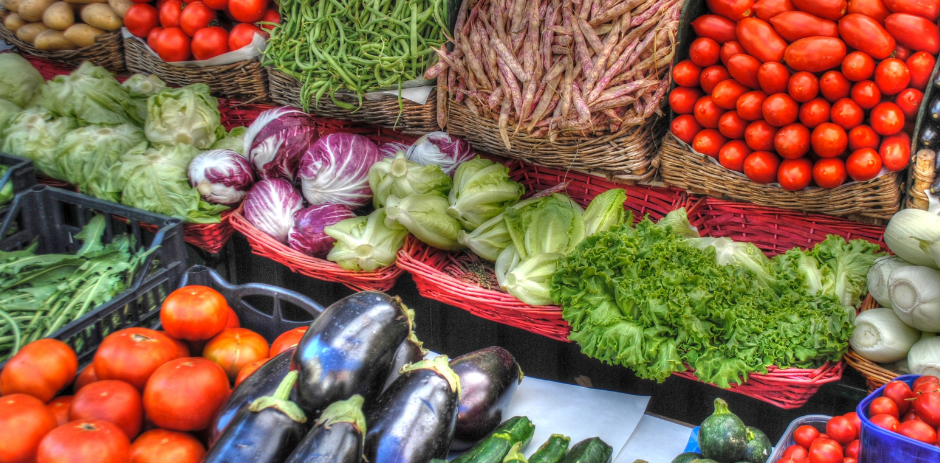
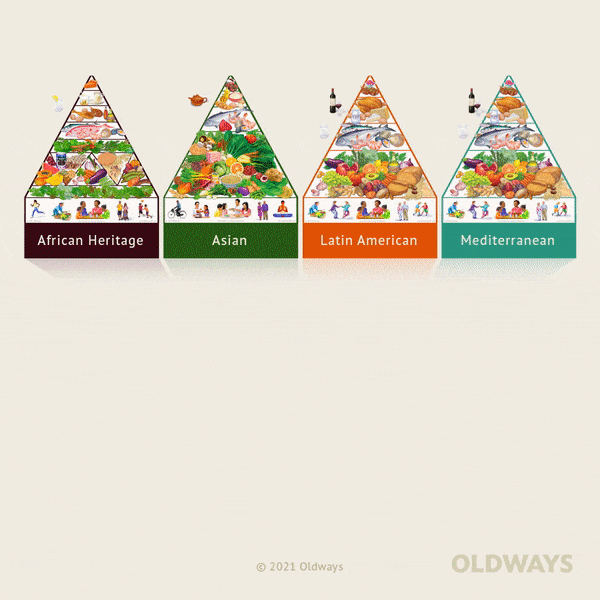
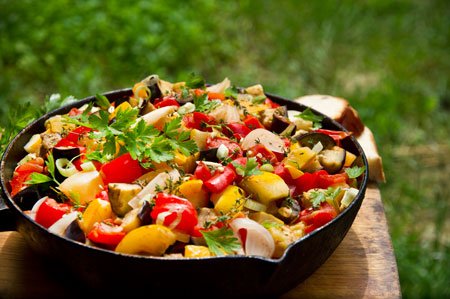
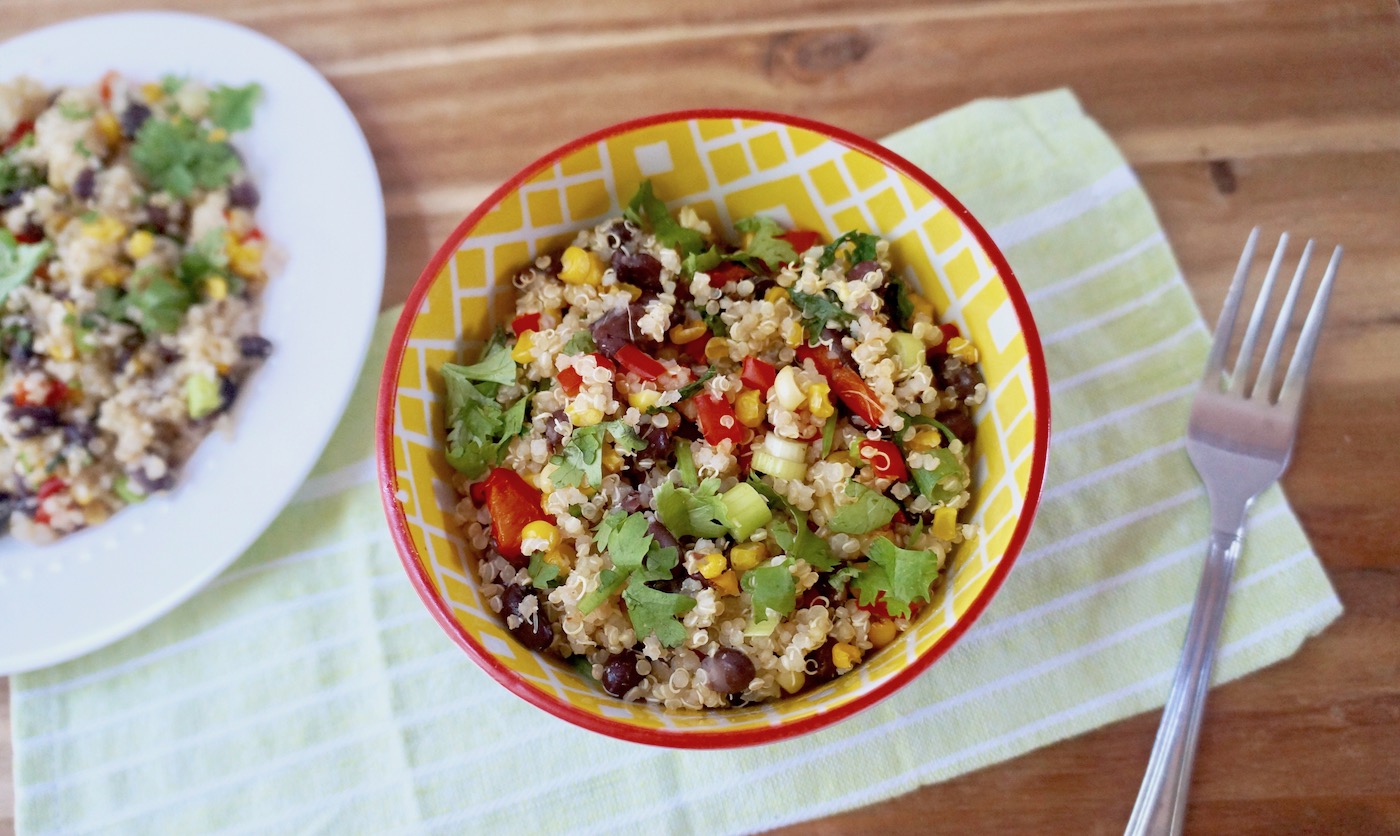
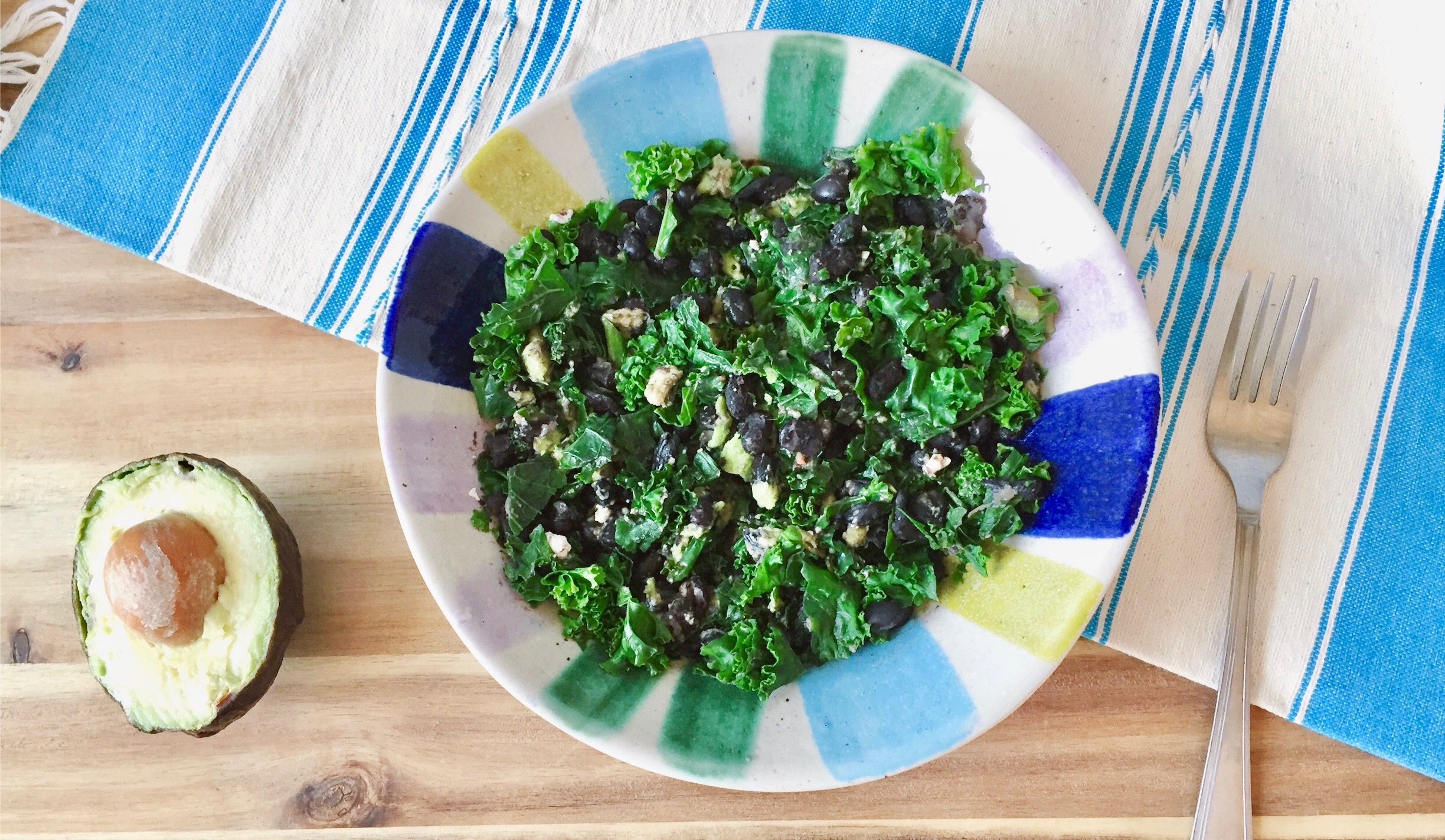
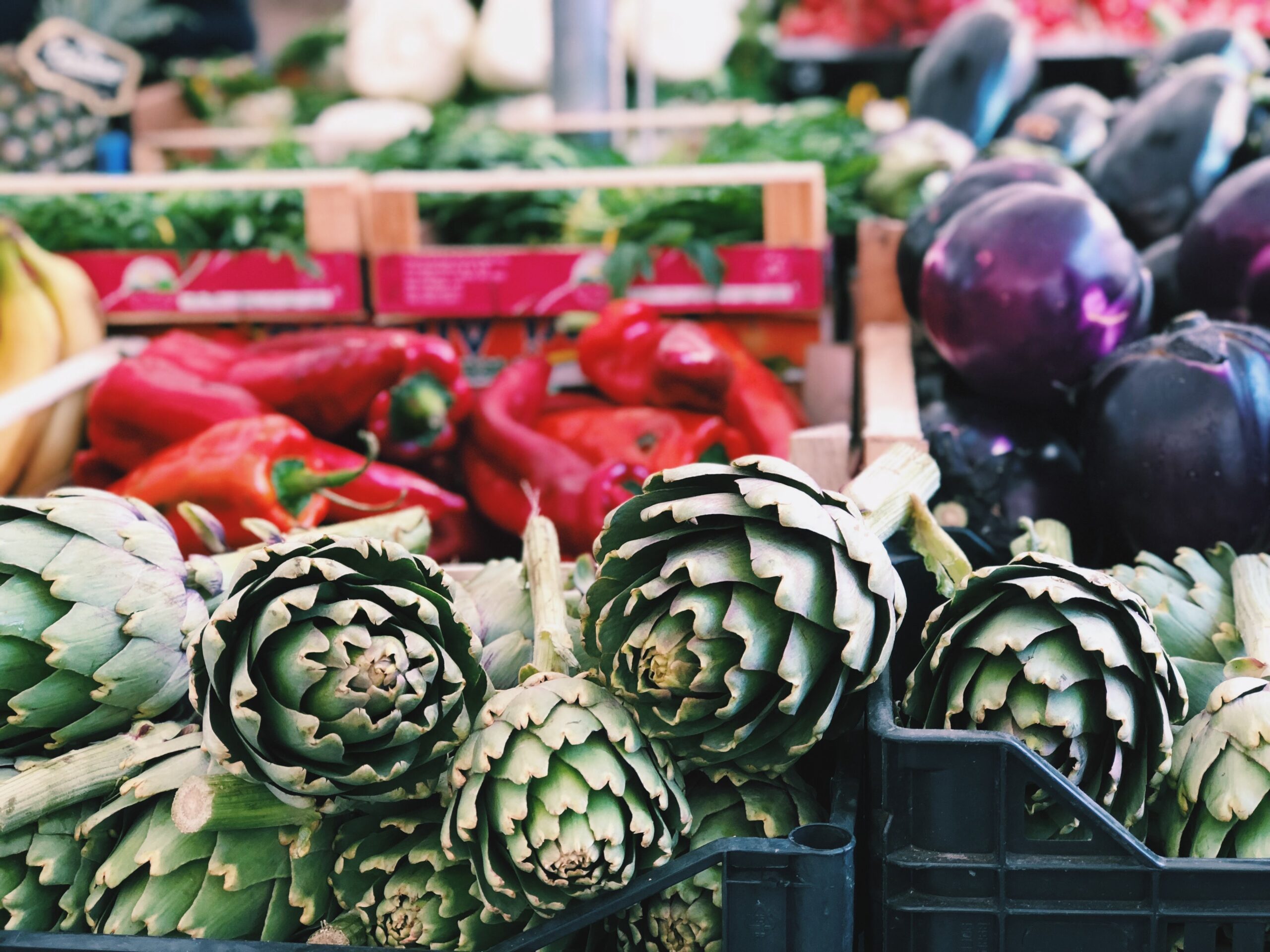




Leave a comment